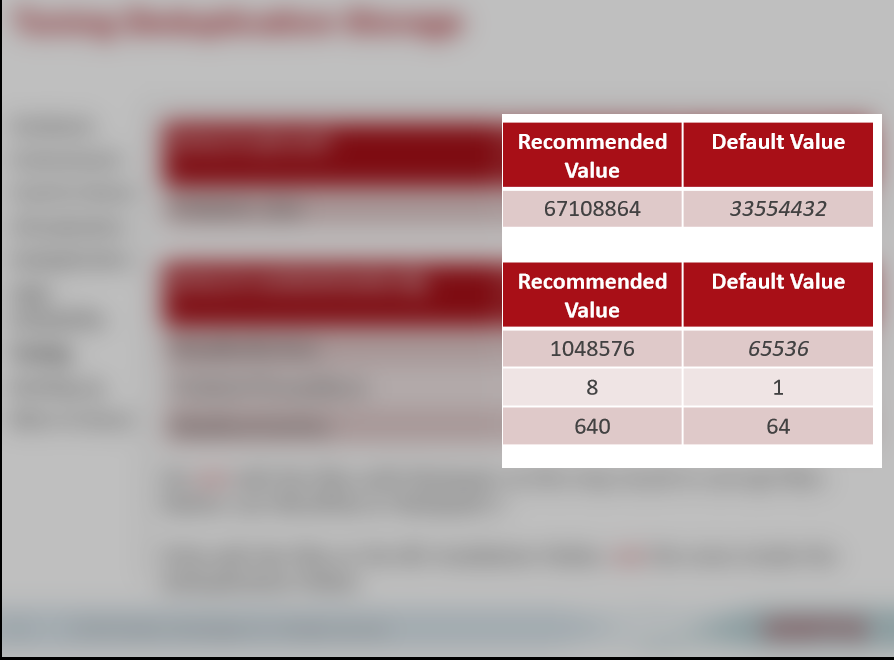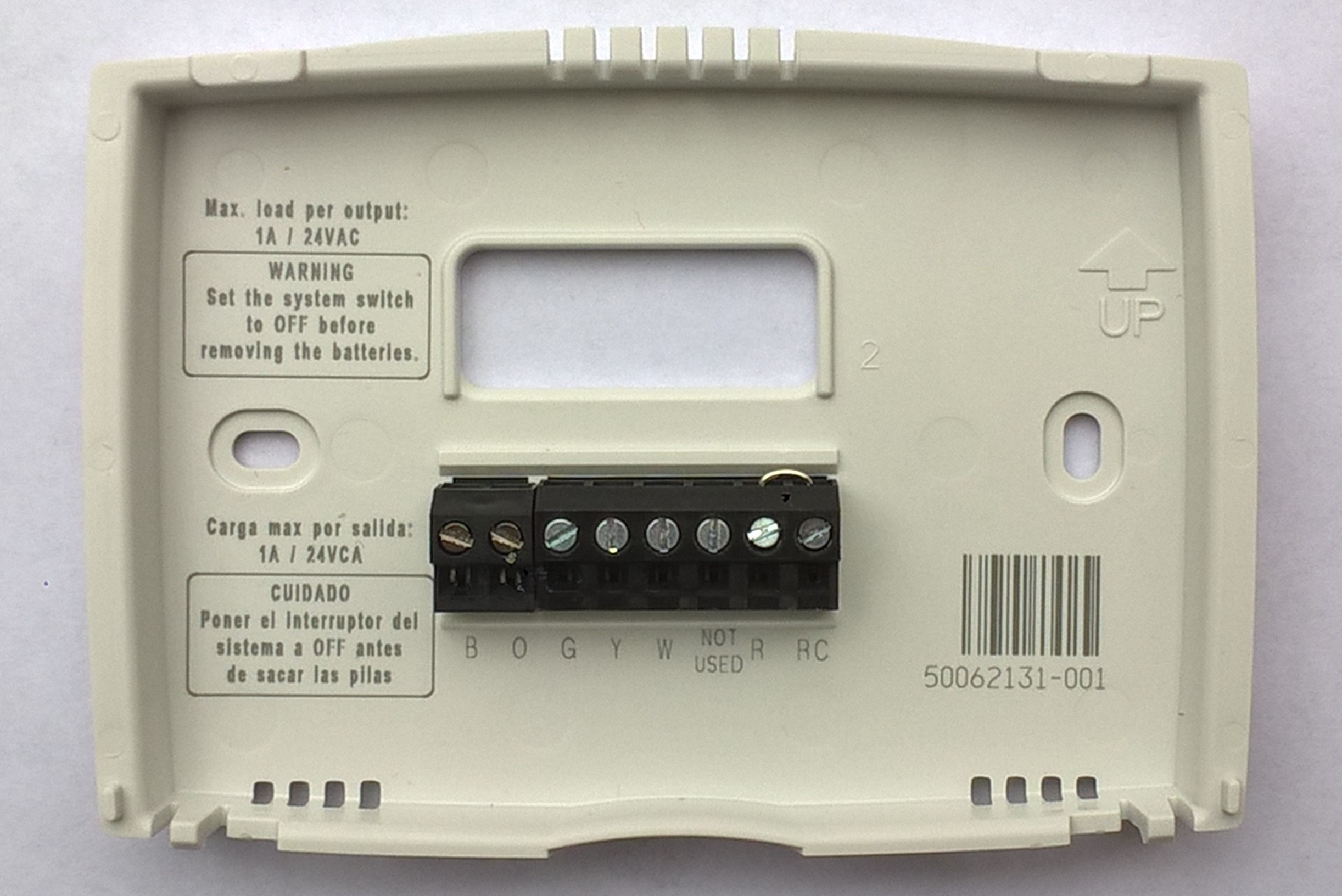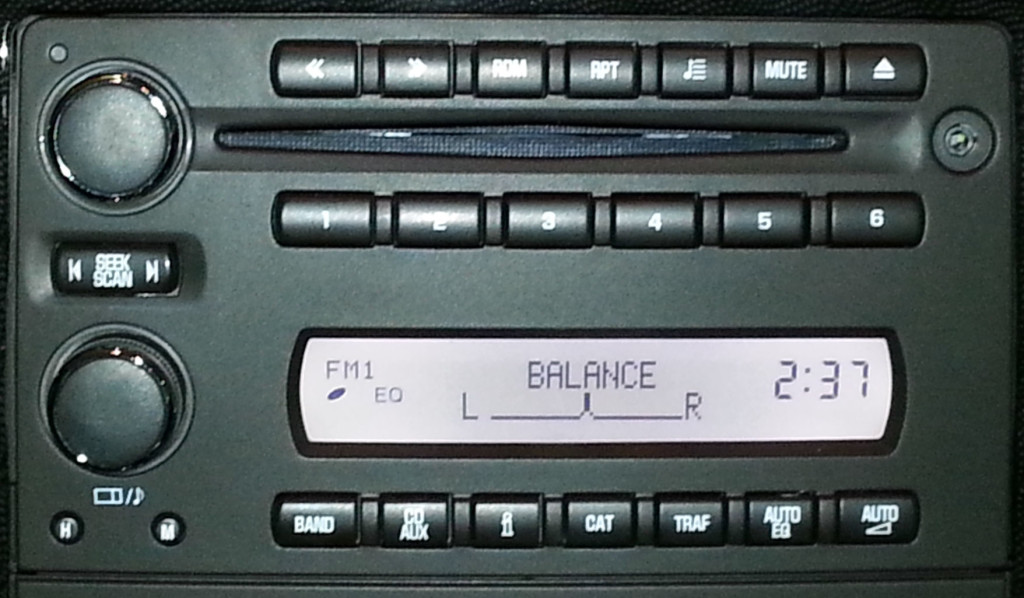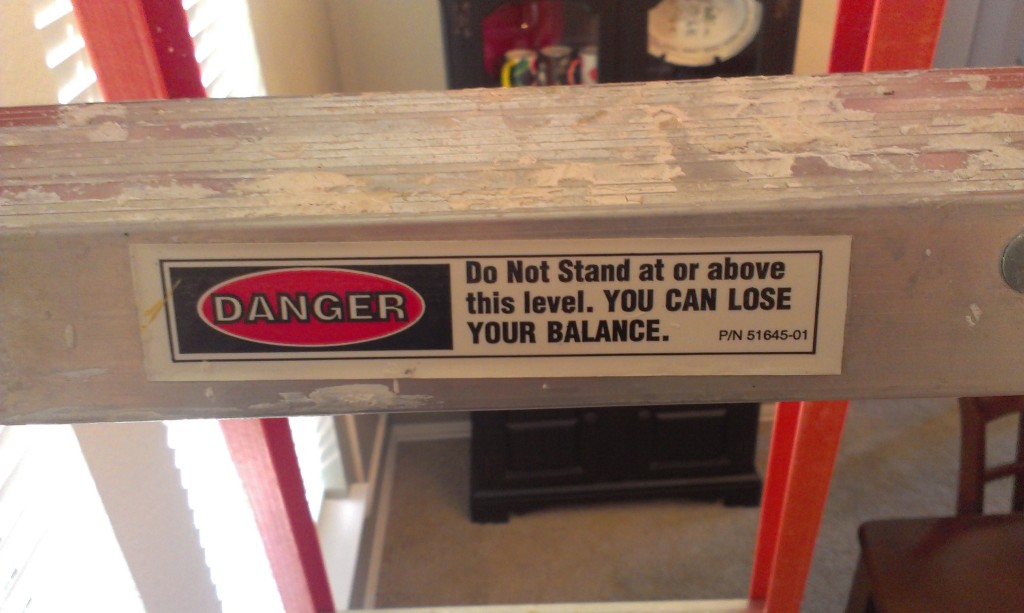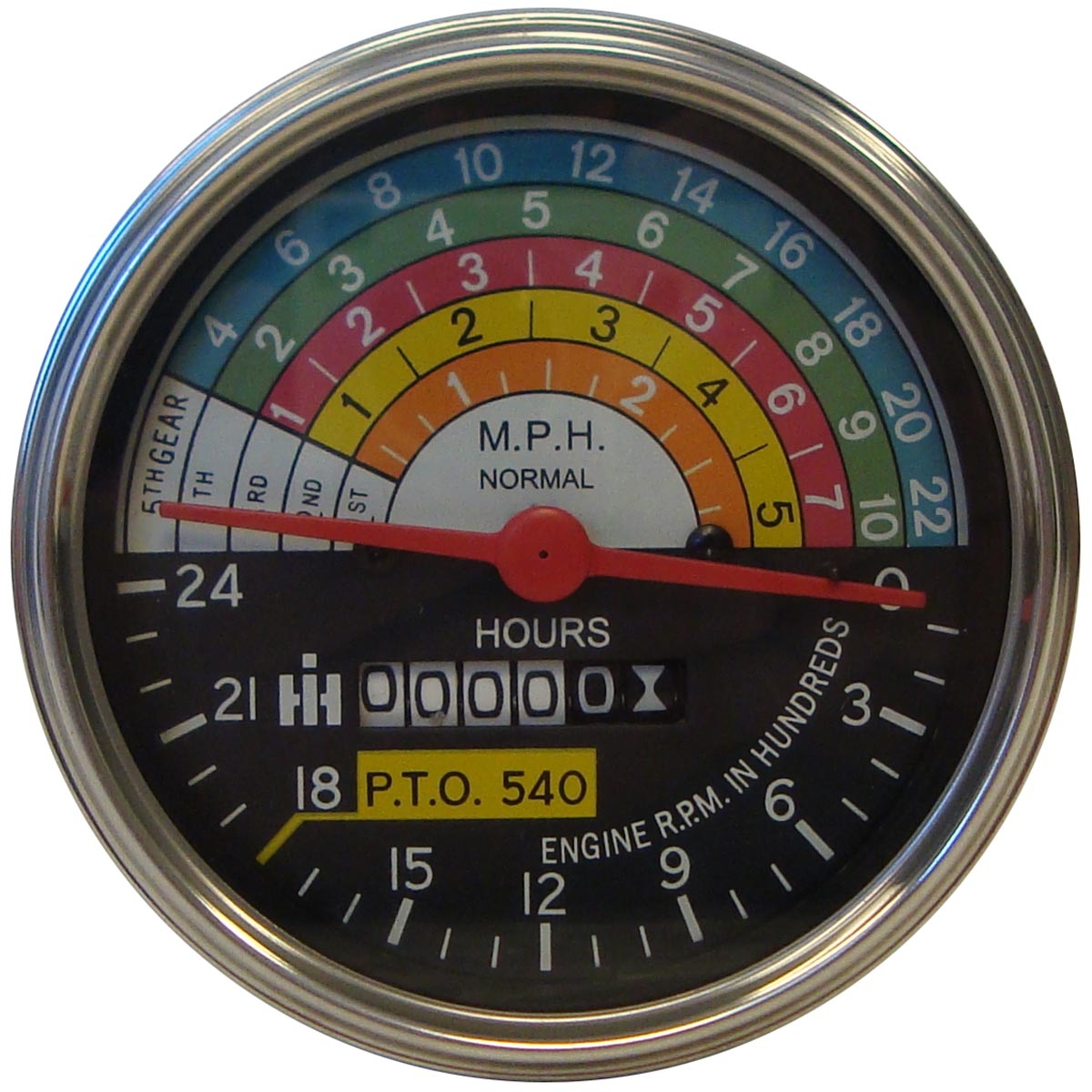
Elementary school is now a grueling endeavor. In addition to water bottles, our children take one or two snacks to school every day. We must write each child’s name on his respective snacks to identify the snacks and keep them out of the apparently thriving granola bar/string cheese black market.
Granola bar packaging has a feature that is either a quirk or an example of brilliant design. Folding back the flap on the back of the wrapper reveals a strip of the package free of of any printing. It’s the perfect place to write the kid’s name with a Sharpie.
Is it a practical measure on the part of the producer to avoid printing any information on part of the packaging where it may be hidden? Is it intentionally left blank just to allow the user to write a name in felt marker?
In either case, it’s a darn handy affordance.

